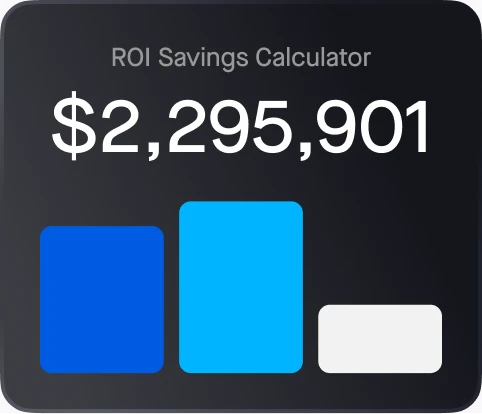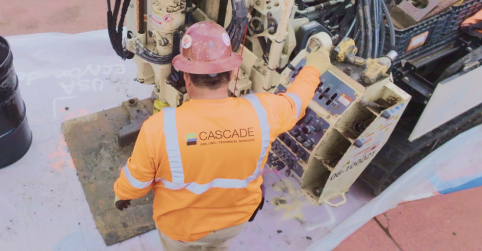Running a successful franchise isn’t just about consistent branding and customer experience; it’s about safety. Especially for franchises that depend on a fleet of vehicles to operate. No matter how strong your fleet management operations might seem, safety lapses can have costly and damaging consequences for your business.
Assessing your safety readiness is a critical step in maintaining safe, compliant, and productive franchise operations. And it all starts with evaluating the state of your safety program.
This blog shows how to measure the maturity of your safety program, focusing on the critical actions every franchise should take, both at the corporate and franchisee levels, to ensure that fleet safety is valued across the board.
The importance of benchmarking
Benchmarking is the backbone of a solid safety strategy. It helps you determine your current safety performance compared not just to industry standards, but to your fellow franchisees. When done correctly, benchmarking allows you to identify gaps, measure risks, and establish performance goals that align with corporate safety standards.
You’ll need to gather data on incident rates, severity, unsafe driving behaviors, and other details, then compare your results against authoritative sources like the Federal Motor Carrier Safety Administration (FMCSA) and the Occupational Safety and Health Administration (OSHA). By doing so, you can pinpoint which areas of your safety program need improvement.

Pro Tip: Sharing safety data internally among franchisees with similar operations creates an opportunity for collective growth and improvement. It’s vital to compare “apples to apples” when benchmarking to ensure accurate results.
The 10 steps to assessing the maturity of your safety program
Assessing your safety readiness isn’t a one-time effort. It’s an ongoing process that should be integrated into your regular operations. Here are 10 important steps to help you get started:

Identifying gaps and setting realistic goals
Once you’ve assessed the current state of your safety program, it’s time to address program gaps. By reviewing safety data, conducting driver surveys, and tracking near-miss reports, you’ll be able to identify vulnerabilities that could lead to accidents, lawsuits, or damage to vehicles and equipment. Setting realistic, measurable goals for improvement is the key to enhancing safety performance across your franchise.

Franchises that actively identify and address weaknesses are more likely to prevent costly incidents and maintain brand integrity. Positive reinforcement and knowledge sharing across franchisees can make a significant difference in improving safety behaviors. Remember, penalizing drivers alone won’t create lasting change — encouragement and proactive coaching will.

Creating a safety metric and safety scores
A well-defined safety metric is essential for tracking safety performance across your franchise network. Without it, you’re operating in the dark, unable to measure how well your franchisees are performing and where improvements need to be made.
At the franchisee level, comparing safety scores from one driver to the next reveals which employees are performing safely and which need coaching. These scores provide a clear reflection of a franchisee’s commitment to safety, showing they care enough to measure performance.
Why safety scores matter
Safety scores are the foundation for building a data-driven approach to safety management across your franchise. They allow you to quantify performance, track improvements over time, and make informed decisions that directly impact the safety and success of your business. Use them to:
- Monitor trends across the franchise at a glance: Safety scores like the Motive Safety Score give managers a comprehensive view of driver performance over time.
- Take corrective action quickly: When a franchisee’s safety performance slips, the Safety Score makes it easier to identify which drivers need additional coaching.
- Reward safer driving habits: Use safety scores to incentivize franchisees to meet corporate safety goals. Recognizing and rewarding safer driving behavior fosters a positive safety culture throughout your organization.
Motive’s Safety Score is designed to measure risk based on driving habits. It offers flexibility, allowing you to customize the weight of each driving behavior or even turn off certain metrics as needed. Drivers gain full visibility into how they’re scored, with detailed breakdowns of their behaviors, giving them the opportunity to self-correct and improve on their own.

Start your franchise safety assessment today
Franchise fleet safety is an ongoing journey that requires regular attention and effort. Our new franchise safety guide offers practical steps to protect your brand and your people, every step of the way.
Ready to take charge of your franchise safety performance? Download the guide now and use it as a blueprint to build your program.




